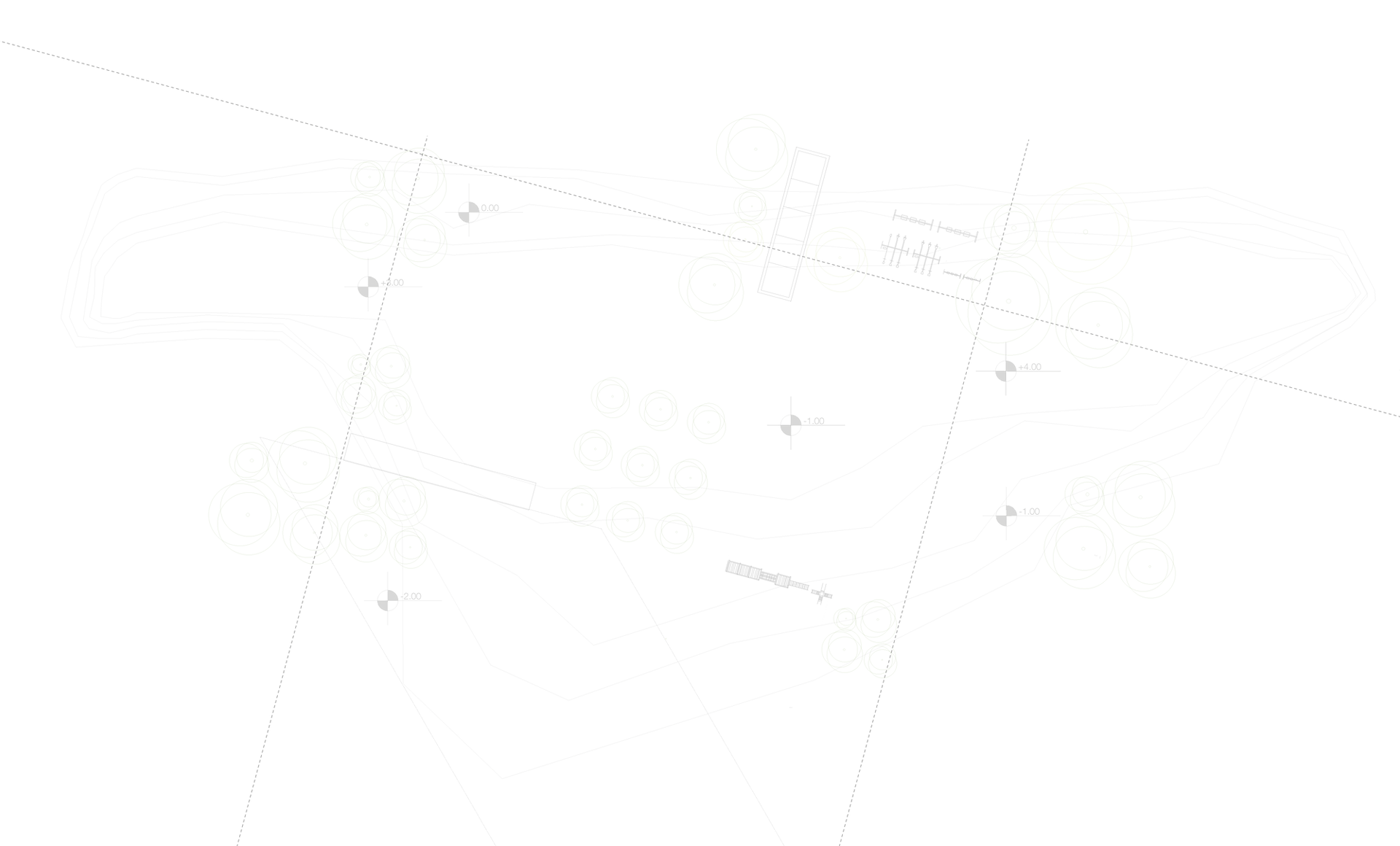
University Research Building
A Mechanical Analysis for
Ashley Schantz's Senior Thesis
Proposal
The full proposal report can be seen by clicking the image above. To view only the project timeline click here.
The full proposal report can be seen by clicking the image above. To view only the project timeline click here.
MECHANICAL DEPTH
The proposed mechanical depth for this project will be an examination of the use of chilled beam systems in University Research Building. Chilled beams are already in use for Laboratory Equipment Rooms, while other areas use supply terminal units and fan powered terminal units to provide required ventilation to each space. The use of active chilled beams will be analyzed for all office and laboratory spaces, and using passive chilled beams with displacement ventilation techniques will be analyzed for laboratory spaces. Energy modeling software, Trane TRACE 700, will provide energy use details to compare to the design model for an examination of the benefits of chilled beam systems. Also compared using the energy model will be the benefits of using the passive system in laboratory spaces rather than the active systems, particularly on cost. Additional information on the mechanical redesign depth can be seen in the full report.
ACOUSTIC BREADTH
By modifying the air distribution to each space from fan powered supply terminal units and supply terminal units to chilled beams, the acoustical properties of the space will be altered. With the lower sound levels produced by chilled beams, the space acoustical properties may need to be adjusted to account for lower background noise than anticipated for during design. An acoustical study will be performed to ensure building spaces will still meet required acoustical properties after mechanical systems are altered.
CONSTRUCTION BREADTH
Constructability of a chilled beam system will be crucial determining its implementation on the jobsite. A cost analysis will be performed to compare the active chilled beam system and passive chilled beam system with the designed terminal unit system. Cost for construction (first costs) as well as energy related costs will be analyzed between the three systems. Additionally, space requirements will be modified, so a constructability analysis will be done to examine the impact of space on construction sequencing and the integration of trades, which is already a high priority on the job.
The full proposal report can be seen by clicking the image above. To view only the project timeline click here.


